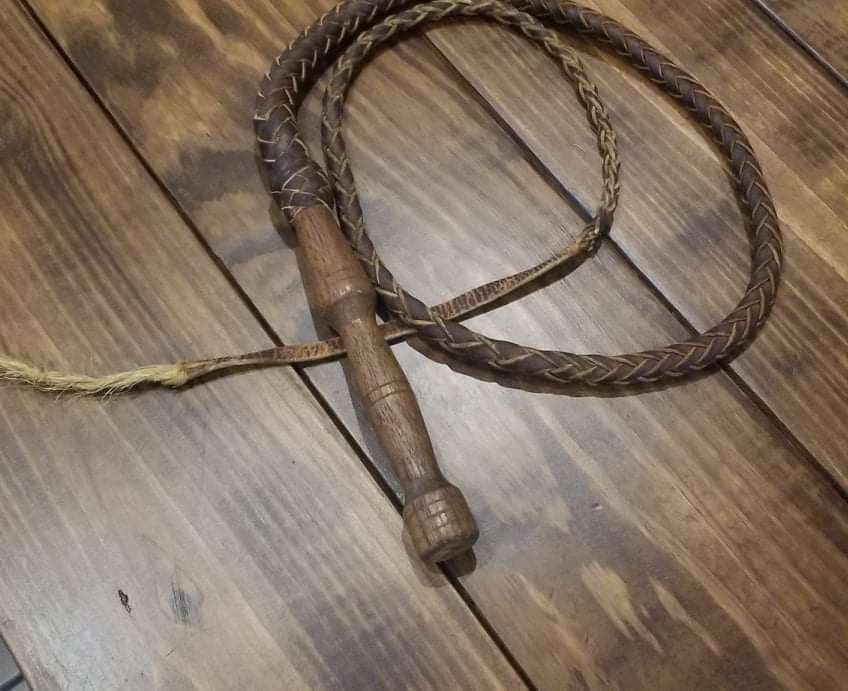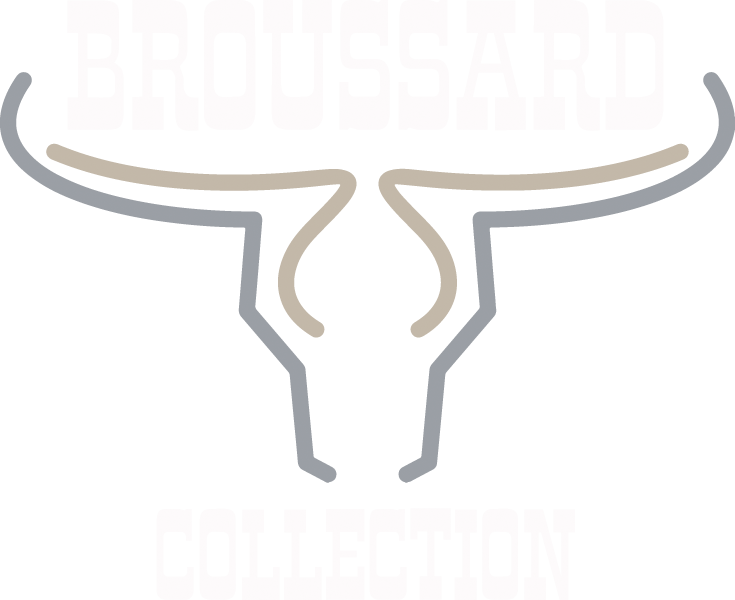Broussard Legacy
Joseph Broussard"dit Beausoleil
Legend and Hero in the Broussard Family
Joseph Broussard dit Beausoleil
(1702-1765)
The Brave Leader of Acadian Resistance
Image from:
https://editionsdelisatis.com/collections/bonjour-lhistoire/
Who was Joseph?
Joseph Broussard, also known as Beausoleil, is a revered figure among the Acadians in Louisiana and a legendary leader of their resistance during the deportation of the Acadians in the 18th century. His bravery and enterprising spirit have made him a symbol of courage and resilience. Born in Port Royal, Nova Scotia in 1702, Broussard played a significant role in the history of Acadia, later known as Nova Scotia and New Brunswick. This blog dives into the life and legacy of Joseph Broussard, highlighting his role in the resistance, his marriage and family, his battles against the British, and his journey to Louisiana.
Early Life and Marriage
In September 1725, Joseph Broussard married Agnès, the daughter of Michel Thibodeau and Catherine Richard, in Annapolis Royal. Together, they had eleven children, forming a large and close-knit family.
King George's War and Father Le Loutre's War
During King George's War, Broussard joined the resistance movement led by French priest Jean-Louis Le Loutre. He actively participated in raids and fights against the British, demonstrating his bravery and leadership skills. One notable incident was the capture of a British officer during the siege of Fort Beauséjour in June 1755. A French officer praised Broussard as one of the bravest and most enterprising Acadians. Despite the eventual surrender of the fort, Broussard continued to fight against the British alongside his sons and other Acadians who sought refuge along the Petitcodiac River.
The Deportation and Harassment of the British Forces
When the Acadians were forced to deport in September 1755, Broussard and his family took to the woods to evade capture. Under the orders of Governor Pierre de Rigaud de Vaudreuil, Broussard outfitted a small privateer and successfully captured prizes in the Bay of Fundy. With the assistance of his four sons and the Acadians who had sought refuge along the Petitcodiac River, he continued to harass the British forces. However, during an encounter with British troops led by George Scott in November 1758, Broussard was wounded in the foot and temporarily sought shelter on the other side of the Miramichi River.
Imprisonment and the Journey to Louisiana
In October 1762, Joseph Broussard and his family were among the prisoners held at Fort Edward. They were subsequently sent to Halifax, where they remained confined until the signing of the Treaty of Paris in 1763. In the following year, Joseph was arrested in Pisiquid and found to be in possession of a letter urging the Acadians to leave for France. After appearing before the governor's council in Halifax, he was finally released and chartered a schooner to sail to Saint-Domingue (now Haiti) with other Acadians. Unfortunately, many succumbed to the harsh climate, but Joseph is believed to have led the survivors to Louisiana in early 1765.
Arrival in Louisiana and Leadership Role
Joseph Broussard arrived in Louisiana on February 27, 1765, aboard the Santo Domingo, becoming one of the first 200 Acadians to settle in the region. On April 8, 1765, Charles-Philippe Aubry, the commandant of Louisiana, appointed Broussard as captain of the militia and commander of the Acadians in the Attackapas region. This encompassed the parishes of Saint-Landry, Saint-Martin, and Lafayette. However, Broussard's time in Louisiana was short-lived, as he passed away a few months later. On October 20, 1765, he was buried near the present-day town of Broussard, south of Lafayette. The exact location of his grave remains unknown.
Legacy and Descendants
The legacy of Joseph Broussard lives on through his descendants, many of whom still reside in southern Louisiana and Nova Scotia. His bravery and leadership during the resistance have made him a revered figure among the Acadian community, symbolizing their enduring spirit and determination.
Conclusion
Joseph Broussard, known as Beausoleil, played a vital role in the resistance of the Acadians during the deportation and became a legendary figure among his people. His marriage, family, and battles against the British showcase his courage and leadership. After enduring imprisonment and a journey to Louisiana, Broussard assumed a leadership role in the Acadian community before his untimely death. His descendants carry on his legacy, ensuring that the story of Joseph Broussard, the brave leader of Acadian resistance, continues to inspire future generations.
Martin Broussard
We are Direct Descendant of
Joseph "dit Beausoleil" Broussard


Martin Broussard
(1843-1897)
Martin was my great grandfather. Owner of La Maison Beausoleil
Preserving Acadian Culture
Nestled in the heart of Port Neches, Texas, stands a historic treasure that embodies the spirit of the Acadian people. La Maison Beausoleil, or the House of Beautiful Sunshine, is a cypress house that was built around 1810 in Lafayette Parish, Louisiana. It is a testament to the resilience and heritage of the Acadian community. In this article, we will delve into the fascinating history of La Maison Beausoleil, its journey from Louisiana to Texas, and the efforts of Les Acadiens du Texas to preserve and promote Acadian culture.
The Origins of La Maison Beausoleil
La Maison Beausoleil was named after Joseph Broussard dit Beausoleil, a prominent figure in Acadian history. Beausoleil, along with other Acadian families and indigenous people from Nova Scotia, Canada, fought against the English during the deportation of Acadians in 1755. The house, originally owned by Martin Broussard and Editha Bourque, direct descendants of Joseph Broussard dit Beausoleil, was generously donated to Les Acadiens du Texas.
A Journey Across Waters
To preserve the rich cultural heritage of the Acadians, the cypress house was transported from its original location in Lafayette Parish, Louisiana, to Port Neches, Texas. The arduous journey began with the house being carefully loaded onto a barge and transported down the Vermilion River. It then made its way south to the Intercoastal Canal, before finally heading west into the Neches River. The house, a remarkable example of authentic Cajun architecture, found its new home in the scenic Riverfront Park of Port Neches.
Restoring the Past
Les Acadiens du Texas, a non-profit organization dedicated to the preservation of the Acadian culture and language, took on the task of restoring La Maison Beausoleil. The house, made entirely of cypress, required meticulous care and attention to bring it back to its former glory. The organization's commitment to preserving this invaluable piece of Acadian history is commendable.
In addition to the house itself, Les Acadiens du Texas obtained an old cypress barn near Xaplan, Louisiana, in October 1990. This barn, meticulously dismantled and rebuilt near La Maison Beausoleil, serves as a valuable addition to the museum complex, showcasing the farm equipment used by the Acadians during that era.
Exploring La Maison Beausoleil
Visitors to Port Neches Park can catch a glimpse of La Maison Beausoleil, though it is currently undergoing repairs. The house is normally open for tours, group visits, and events by appointment. Stepping inside La Maison Beausoleil is like stepping back in time, as you immerse yourself in the history and culture of the Acadian people.
The museum boasts a remarkable collection of artifacts that provide a window into the daily lives of the Acadians. Notable among these is a loom and spinning wheel, offering a glimpse into the textile traditions of the Acadian community. Musical instruments, miniature replica houses, and an old family Bible are among the other intriguing items on display.
Promoting Acadian Heritage
Les Acadiens du Texas has done an exceptional job in promoting and preserving the rich heritage of the Acadian people through La Maison Beausoleil. However, it is important to note that the museum's opening hours can vary, especially during the off-season. It is advisable to call ahead and confirm the hours before planning a visit. Additionally, the museum welcomes bus tours and special occasion events, further enriching the experience for visitors.
Embracing the Legacy
The legacy of La Maison Beausoleil extends beyond the walls of the museum. It serves as a symbol of resilience, cultural pride, and the enduring spirit of the Acadian people. The house stands as a testament to the importance of preserving our shared history and passing it down to future generations.
Conclusion
La Maison Beausoleil is not just a house; it is a living testament to the Acadians' journey and their enduring cultural heritage. Thanks to the dedication of Les Acadiens du Texas, this historic treasure has been preserved and transformed into a museum where visitors can learn about the Acadian way of life. By exploring La Maison Beausoleil, we can gain a deeper appreciation for the rich tapestry of Acadian history and culture. Let us continue to cherish and celebrate these precious threads that connect us to our roots.
Alcee Broussard
Son of Martin Broussard


Alcee Broussard
(1891-1979)
Terry's grandfather
The Legacy of a Master Leather Craftsman
Alcee Broussard, known as Gros Pop to his grandchildren, was a pioneer in the world of leather craftsmanship. From 1910 to 1970, he honed his skills and became renowned as one of the finest leather craftsman of his time. His legacy lives on through his youngest grandson Terry, who proudly carries on the family tradition by crafting Ole’ Fashion Cowboy Bullwhips that pay homage to the techniques and craftsmanship of the past.
The Life and Work of Alcee Broussard
Alcee Broussard was a master of multiple leather crafts, including saddle making, bullwhip crafting, and shoe repair. Despite the demands of raising 12 children and working in the fields during the day, Alcee dedicated his afternoons to his leatherwork. As he sat under that ole' oak tree, enjoying the cool breeze on hot summer days, while he worked on his creations.
Cherished Memories
In his final years, Alcee spent time rotating between the homes of his children. Terry recalls his grandfather as a grumpy old man, but his love for him never wavered. I fondly remembers the day when I learned of Gros Pop's passing when I was just thirteen years old. Sitting atop a ladder in my sister's front yard, I pulled out my grandfather's pocket knife, a cherished memento from our time together. This simple object held countless memories of Gros Pop, who had used it to whittle many whip handles.
"The pocket knife symbolized the bond and the craftsmanship that were passed down from generation to generation." - Terry
Continuing the Legacy
Following in Gros Pops footsteps, I now carry the torch of the family tradition. With deep respect for the techniques and craftsmanship of the past, I craft Ole' Fashion Cowboy Bullwhips that holds the spirit of Gros Pop's work. I work on finding the finest materials and combine traditional methods with my own unique touch, creating whips that honor my family's legacy while meeting the demands of modern cowboys and ranchers.
The Impact of Alcee Broussard's Work
Alcee's exceptional skill and attention to detail earned him a reputation as one of the finest whip makers of his time. His whips were known to outlast their owners, a testament to his craftsmanship. Today, collectors and enthusiasts alike treasure Alcee's creations, recognizing the historical significance and artistry behind each piece.
The Enduring Tradition
The tradition of whip making has endured through generations, with Alcee Broussard serving as an influential figure. His dedication to his craft and the passing down of knowledge to me has ensured that the artistry and techniques of whip making will continue to thrive.
Preserving Heritage
I understand the importance of preserving my family heritage and the legacy of Alcee Broussard. As I craft each whip, I take pride in knowing that I am carrying on the tradition and keeping the spirit of my grandfather alive. Through his work, I not only honor my family's legacy but also contributes to the rich tradition of leather craftsmanship.
Conclusion
Alcee Broussard's impact as a master leather craftsman is felt to this day. His dedication, skill, and attention to detail have left a lasting mark on the world of whip making. Through me the tradition lives on, ensuring that Alcee's legacy continues to inspire and captivate both craftsmen and enthusiasts alike.
Dallas "Dee Dee" Broussard
Son of Alcee Broussard


Dallas "Dee Dee" Broussard
(1923-1985)
Terry's Daddy
A Life of Resilience and Legacy
In the early 20th century, Dallas "Dee Dee" Broussard, son of Alcee Broussard, was born into a challenging world. Despite facing adversity and limited formal education, Dee Dee's remarkable journey is a testament to resilience, intelligence, and a heart full of love. This article dives into the life of Dee Dee Broussard, highlighting his experiences as a war veteran, his mechanical mind and the enduring legacy he left behind.
Childhood Struggles and Sacrifices
Dee Dee's early years were marked by hardship and sacrifice. Born in 1923, during a time of economic turmoil, he was forced to quit school at a young age to help support his family. Picking cotton and engaging in farm work became his daily routine, as he worked tirelessly alongside his 11 siblings. Remarkably, Dee Dee was a twin, adding a unique bond to his already large family.
A Heroic Service in World War II
As the world plunged into the chaos of World War II, Dee Dee bravely answered the call to serve his country. Drafted as a medic, he found himself on the front lines, witnessing the horrors of war firsthand. Despite the tragedies he encountered, Dee Dee's courage and dedication to saving lives shine through. His experiences during the war shaped him into a resilient and strong man.
The Gift of Intelligence
Dee Dee possessed a remarkable mechanical mind, capable of fixing anything placed before him. This amazing talent, honed through years of practical experience, earned him a reputation as a problem-solver within his community. His ability to repair and build various objects became a source of bloodline, as one of his grandsons was pulled in a career in mechanical engineering.
Dee Dee's Love for Leatherwork
In addition to his mechanical aptitude, Dee Dee had a creative side. He had a passion for working with leather and spent his spare time crafting small saddles. These intricately designed pieces served as unique decorations, often hung on the rear-view mirrors of cars. Dee Dee's love for leatherwork showcased his attention to detail and his desire to create beautiful objects.
A God-Loving Wife and Her Legacy
Behind every good man is a great women. Dee Dee was blessed with the love and companionship of Lillie Broussard, a God-loving woman who excelled as both a mother and a cook. Their marriage was a testament to their shared values and commitment to family. Lillie's nurturing spirit extended to her granddaughter, who followed in her footsteps and became a registered nurse. Terry's children benefitted from the care and compassion instilled in them by their grandmother.
A Battle Against Cancer
Tragedy struck when Dee Dee was diagnosed with cancer, a battle he fought with unwavering strength. Despite the challenges he faced, he remained resilient, never losing sight of the love he had for his children. Sadly, Dee Dee passed away in September of 1985, leaving behind a void that could never be filled. I continue to honor his memory and strive to make him proud.
Dee Dee's Enduring Legacy
Dee Dee's legacy lives on through the accomplishments of his children and grandchildren. His mechanical mind inspired his grandsons to pursue degrees in mechanical and electrical engineering, carrying on his passion for problem-solving and innovation.
Conclusion
Dallas "Dee Dee" Broussard's life was a testament to the human spirit's resilience and the power of love and determination. From his humble beginnings as a cotton picker to his heroic service in World War II, Dee Dee's story is one of triumph over adversity. His mechanical talents, love for leatherwork, and the enduring legacy he left behind continue to inspire future generations. Dee Dee's memory lives on through his family, who embody the values he held dear.



